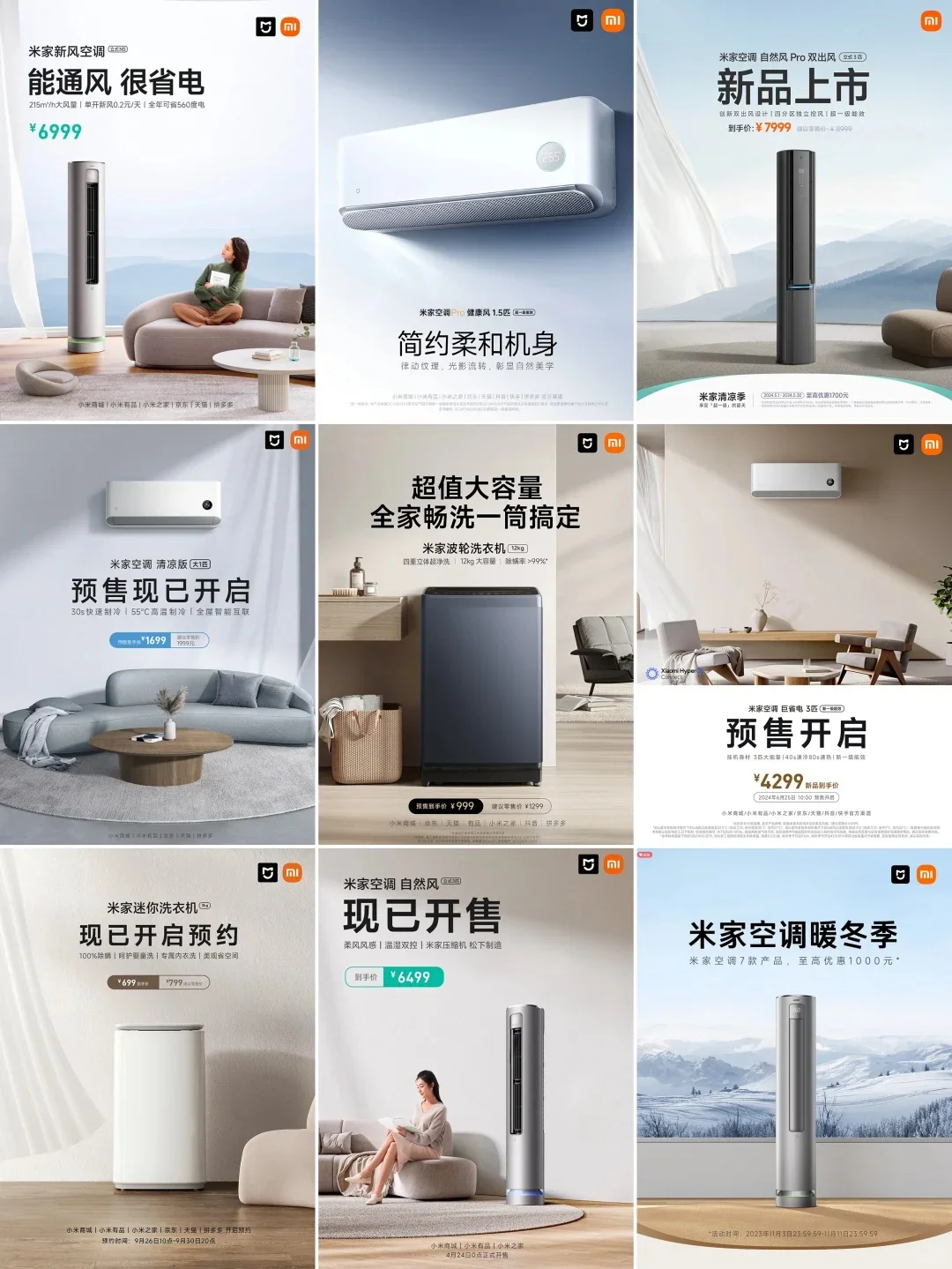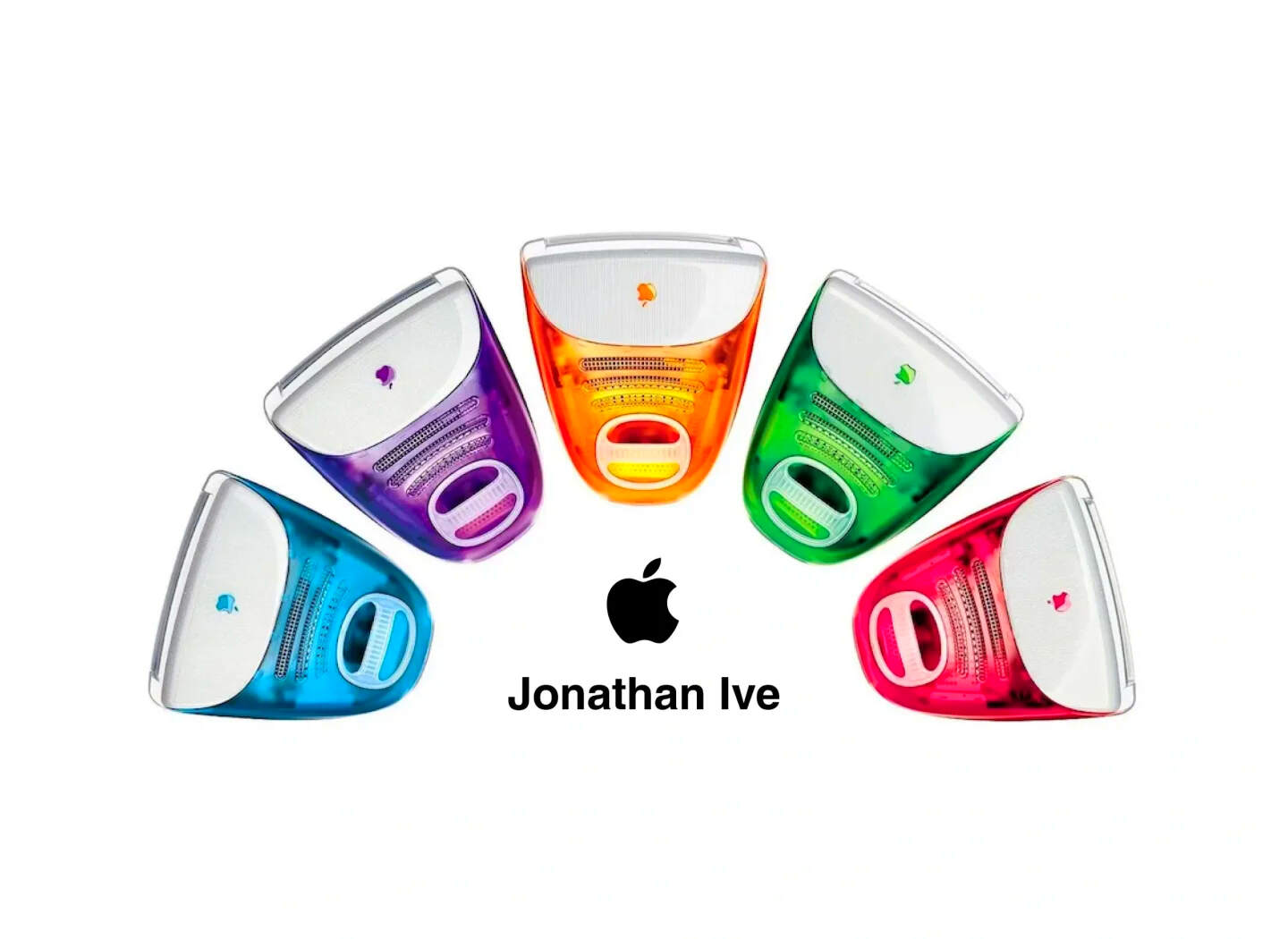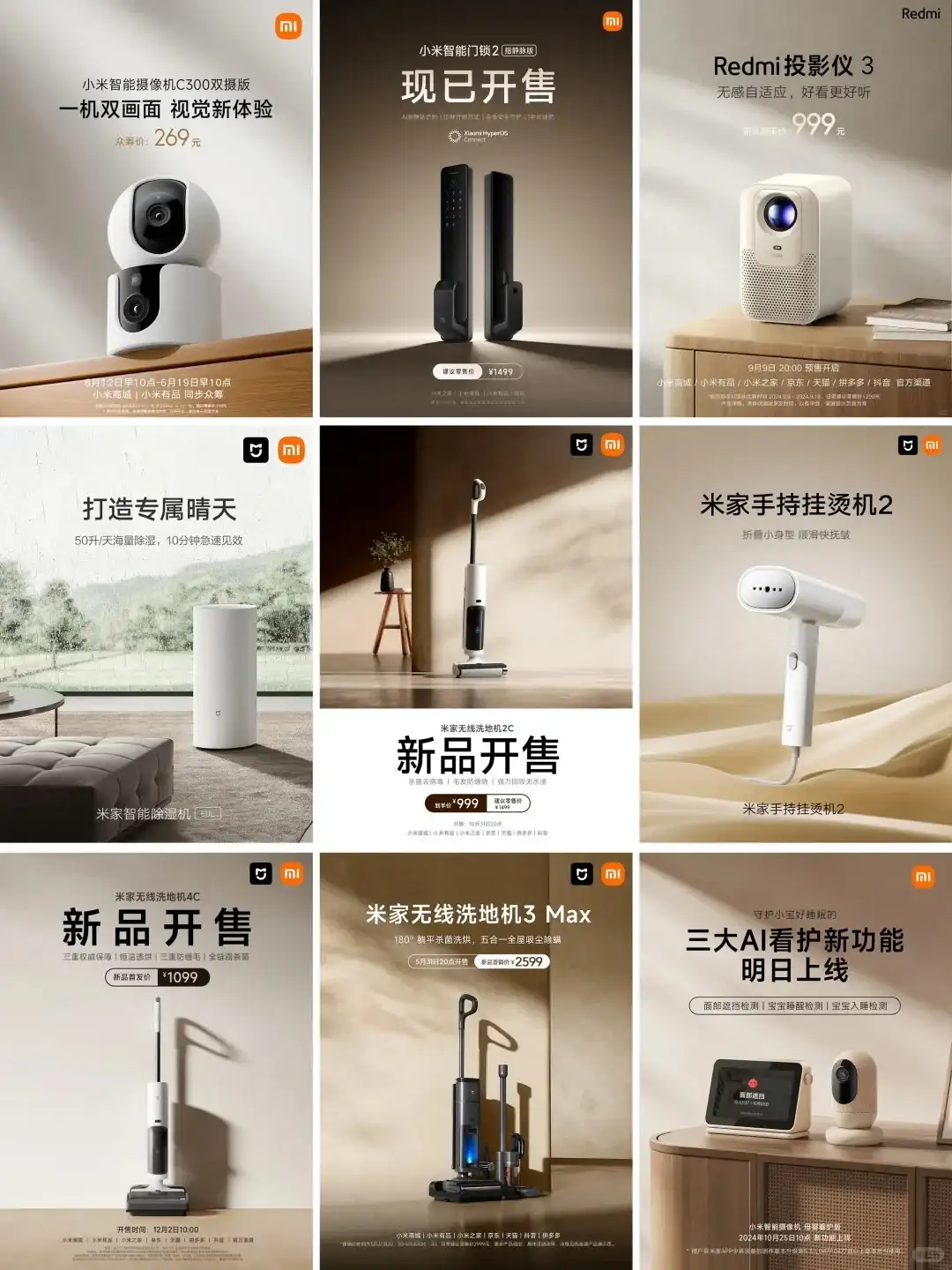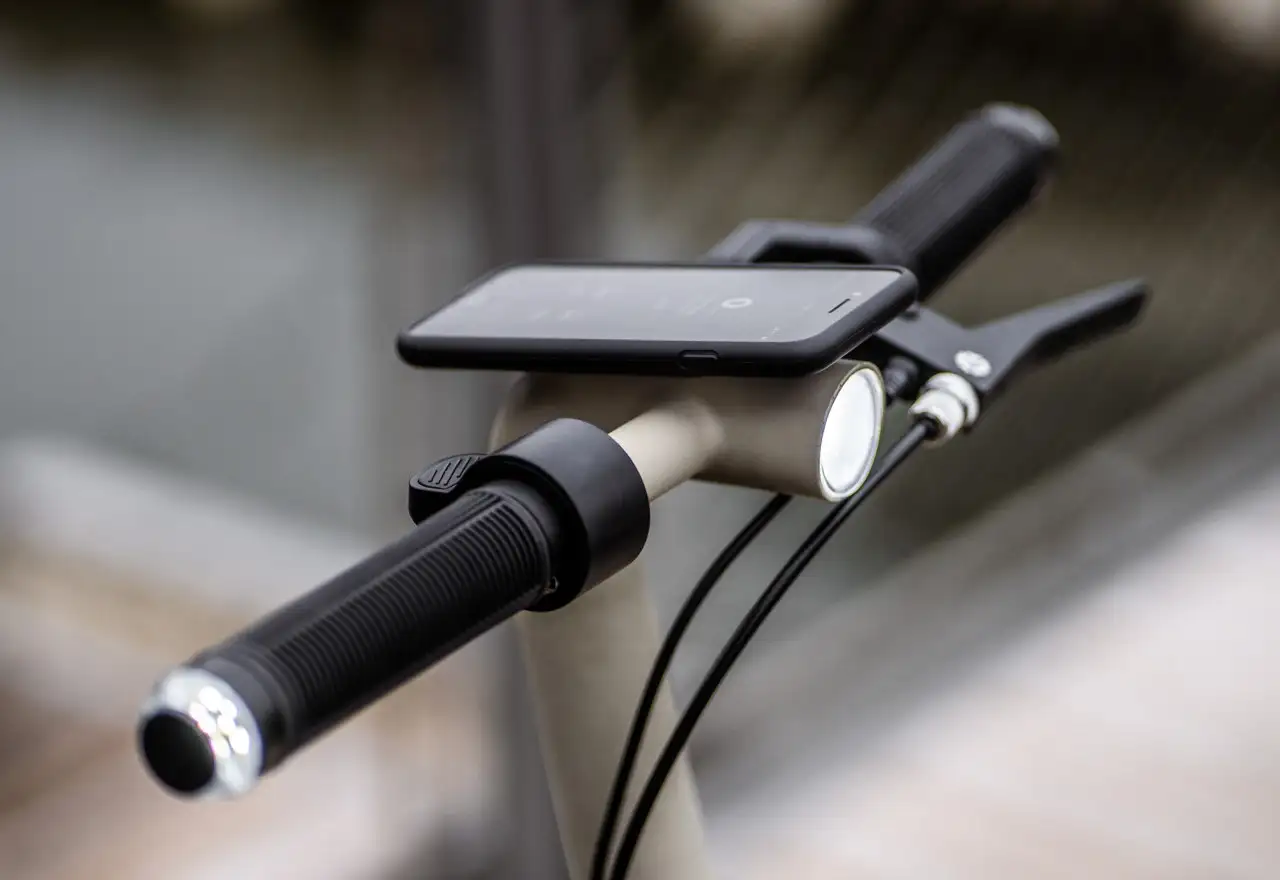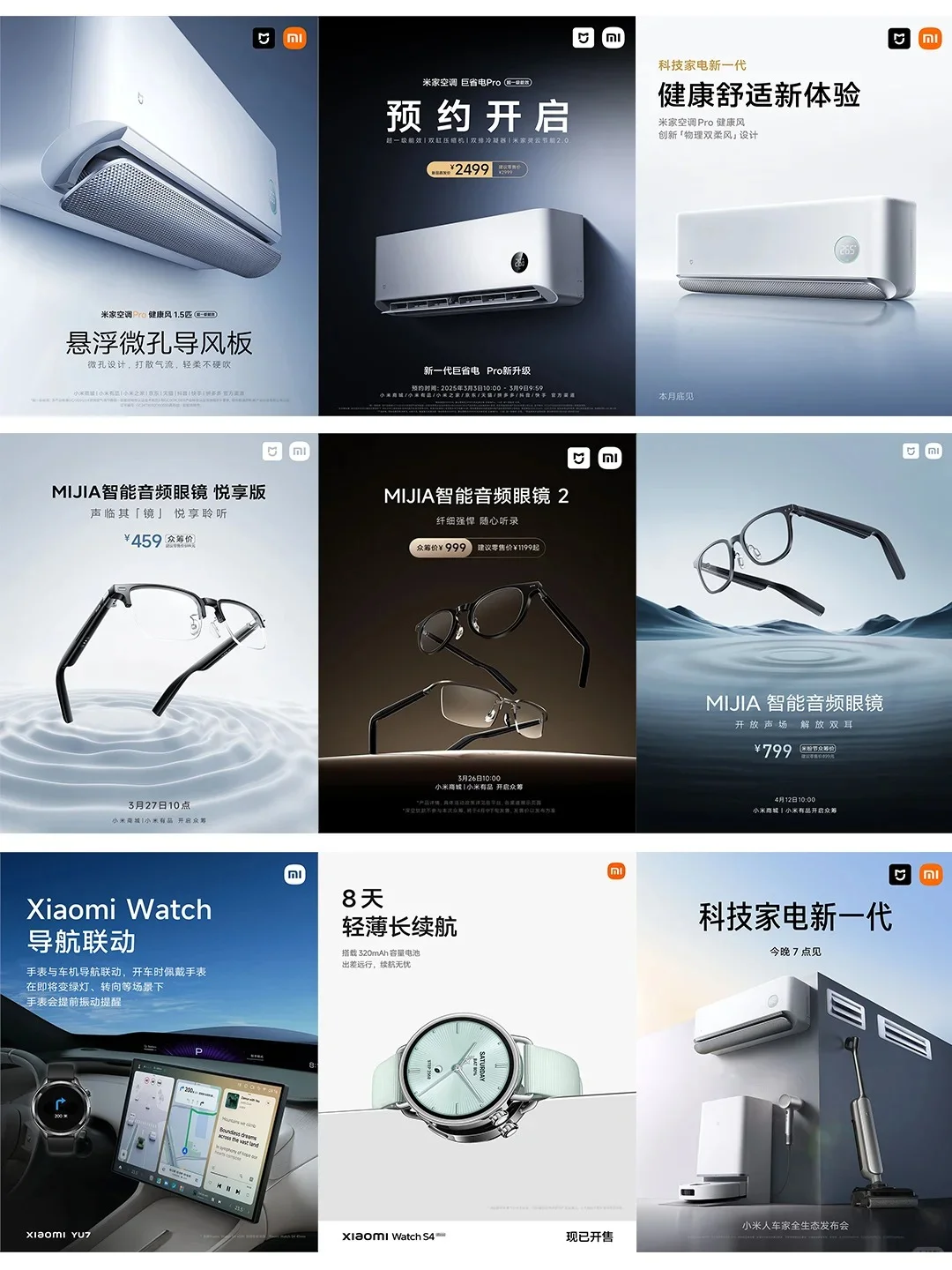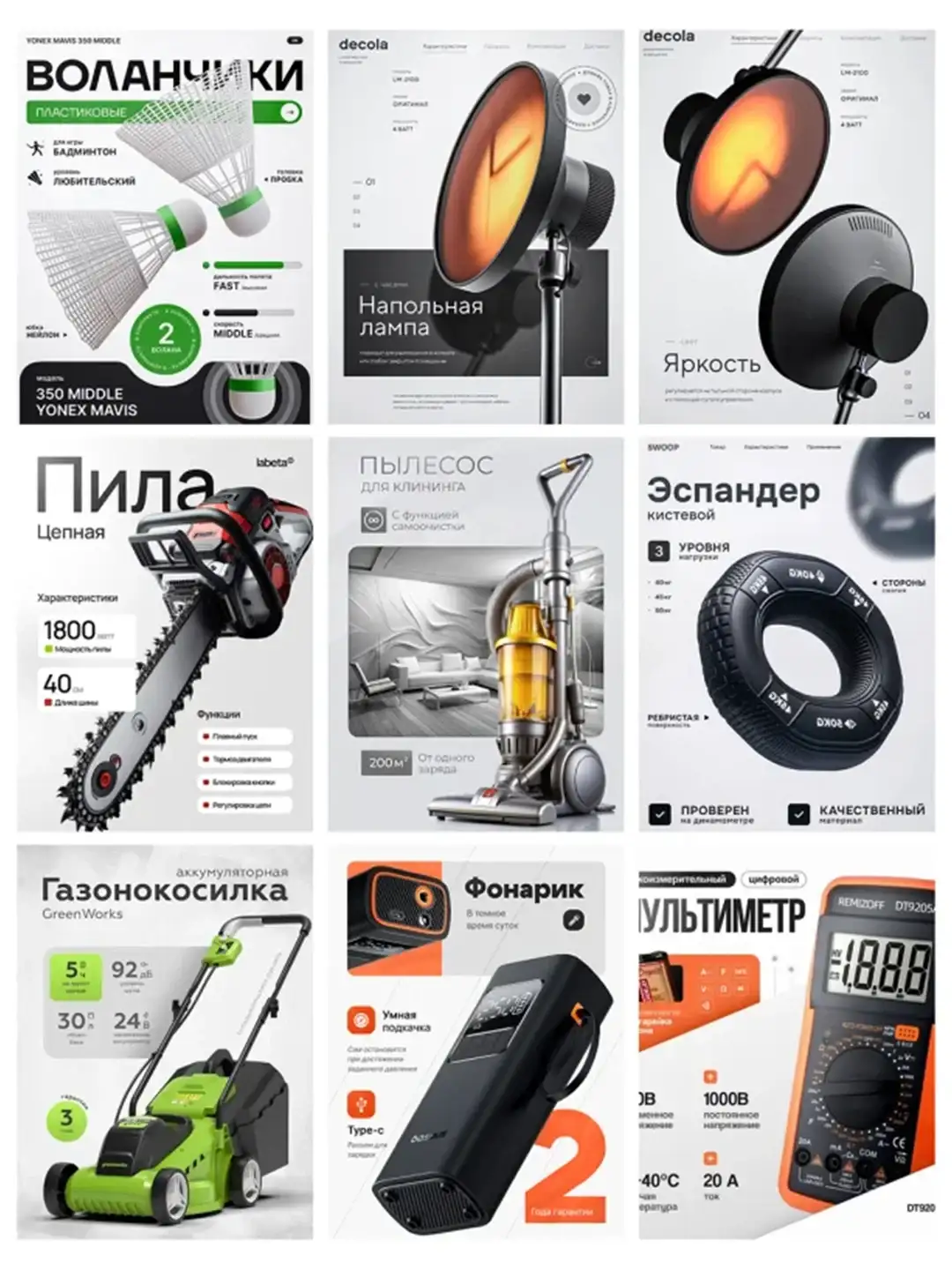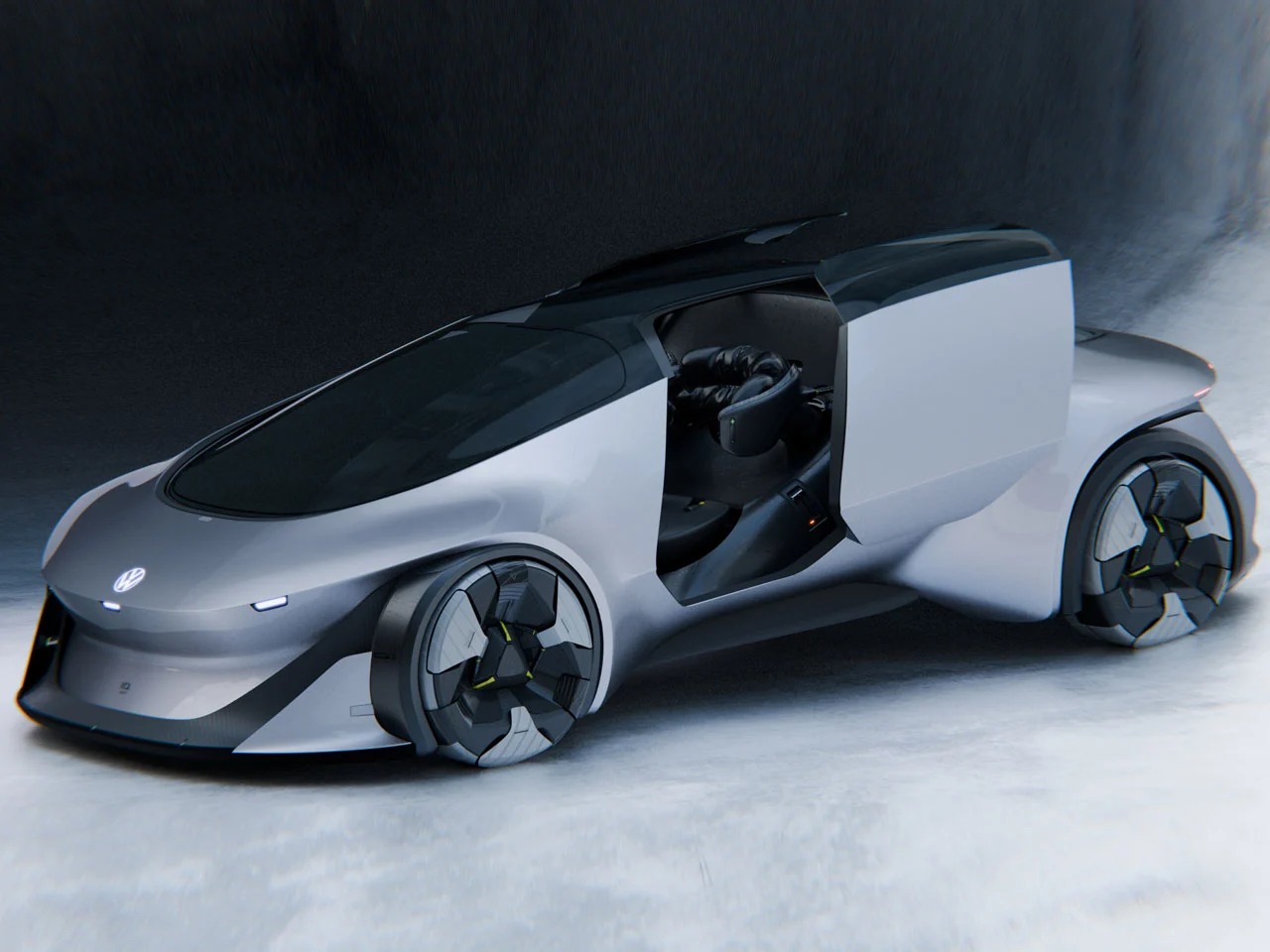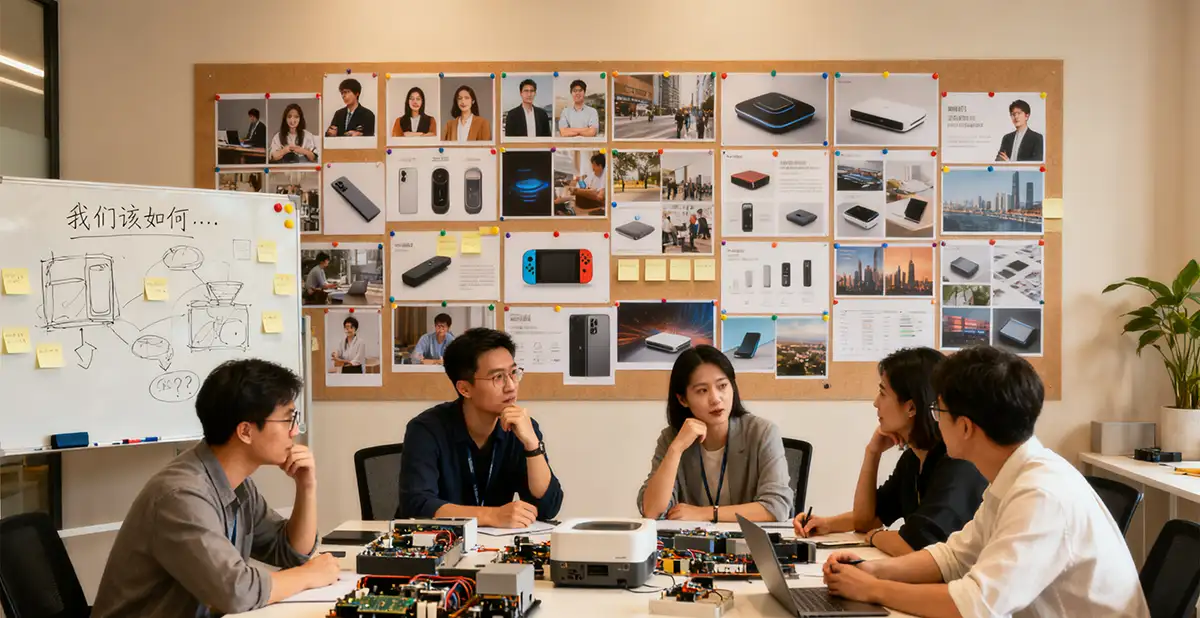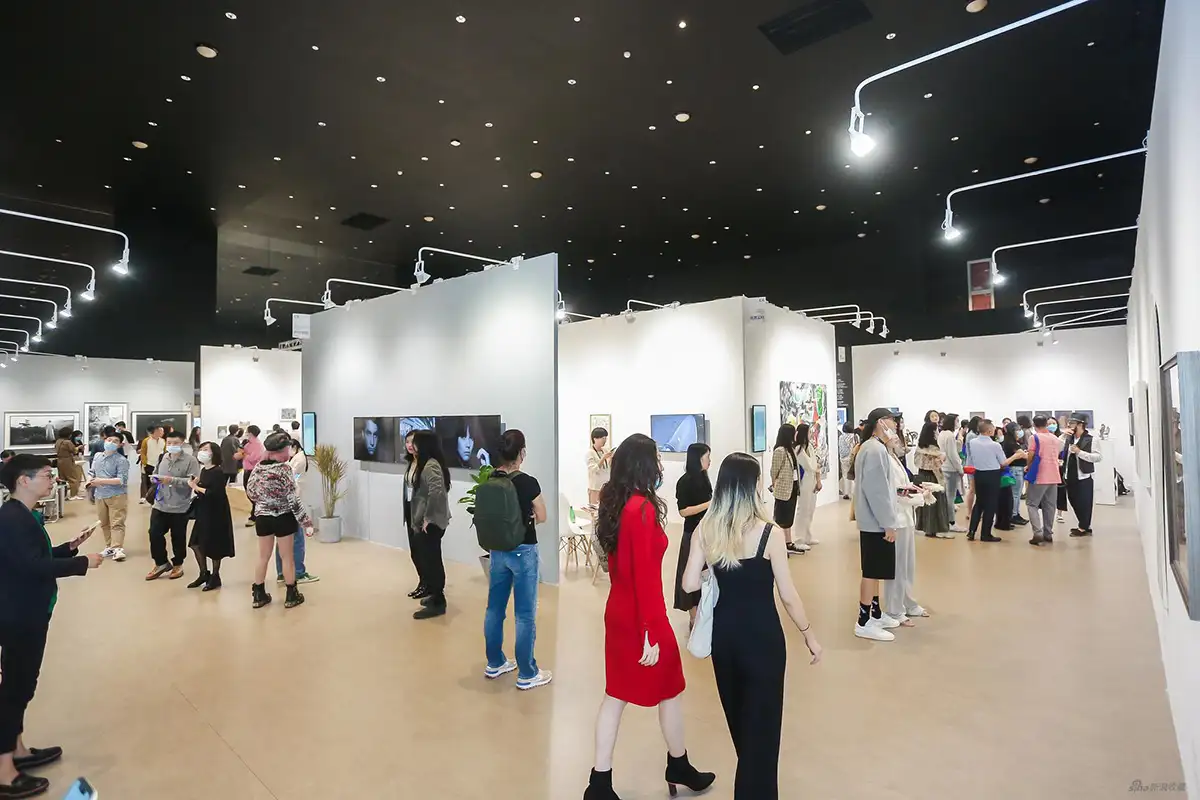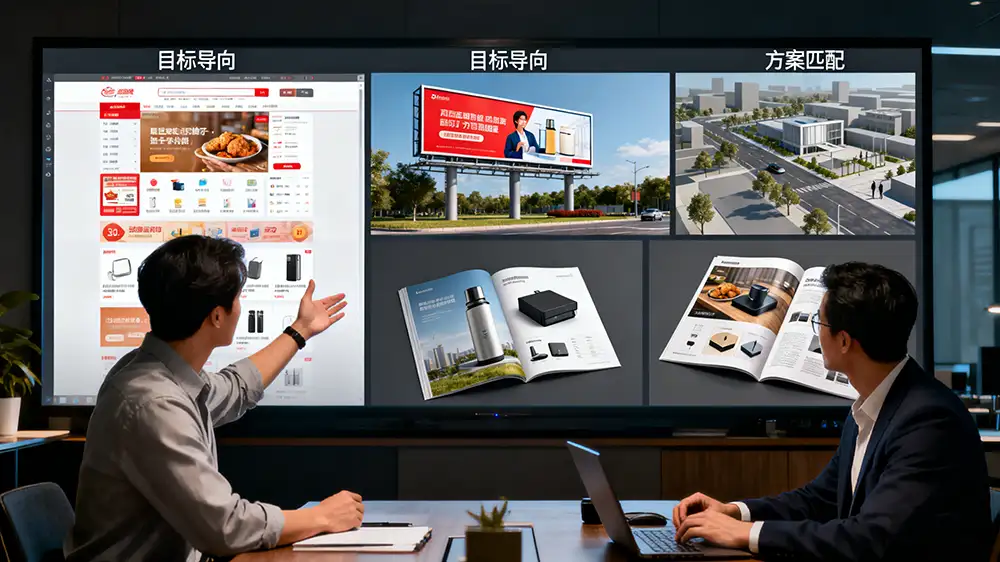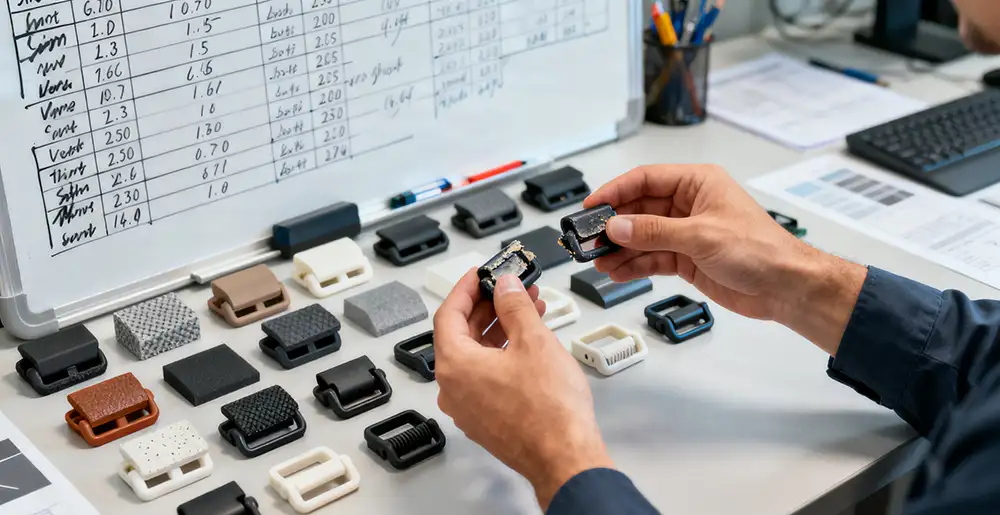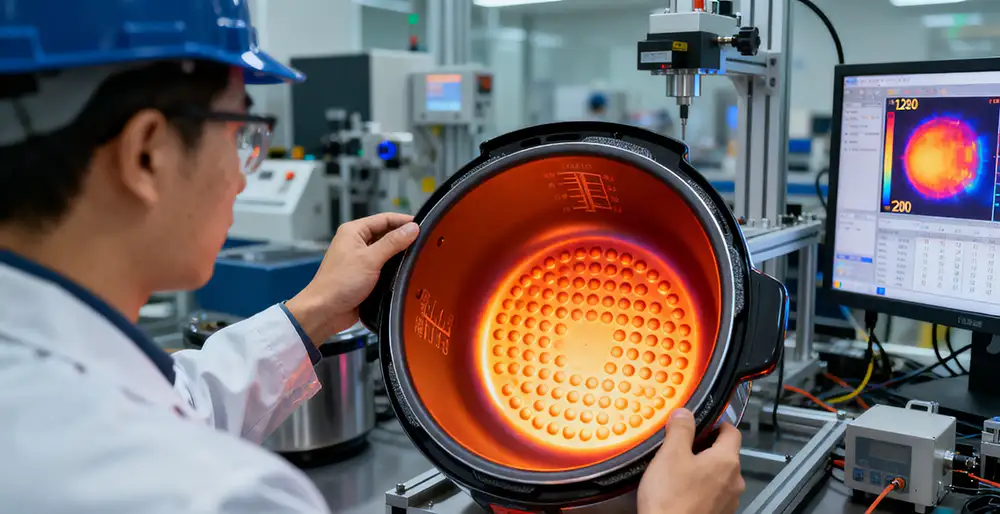NINEIDEA:工业设计里 “先看还是先想” 这事儿,就像问 “做饭是先买菜还是先想菜谱”—— 看似对立,其实是穿插着来的,但新手容易踩的坑是:要么盯着竞品疯狂 “借鉴” 没自己想法,要么闷头空想造出 “反人类” 产品。咱们拆开来讲,其实有个更合理的 “启动顺序”,来一起探讨下工业设计底层逻辑。
高手都是 “先看 3 步,再想 1 步”
乔布斯做 iPhone 前,不是先画手机图纸,而是先 “看”:看人们用键盘手机时疯狂按错键的烦躁(用户痛点),看 MP3 和相机的交互逻辑(跨领域借鉴),甚至看糖果包装的轻薄感(材质灵感)。戴森做无叶风扇时,也是先 “看” 到传统风扇藏灰、难清洗的问题,才开始琢磨 “能不能让风从环形口出来”。这里的 “看” 不是随便瞄两眼,而是带着 3 个目的:
- 看用户真需求:比如设计儿童安全座椅,不能只看家长说 “要好看”,得蹲在停车场看妈妈单手抱孩子时怎么费劲扣安全带,看孩子坐车时踢到座椅后背的频率 —— 这些细节才是设计发力点;
- 看技术边界:设计师想做透明键盘,得先 “看” 材料市场有没有透光率 90% 以上还耐磨的 PC 材质,看注塑工艺能不能做出 0.3mm 的超薄键帽,不然想破头也是空想;
- 看情绪触点:MUJI 的性冷淡风不是拍脑袋想出来的,而是 “看” 到都市人对繁杂设计的审美疲劳,看北欧极简设计在日本市场接受度,才确定 “less is more” 的调性。
但 “想” 不是空想,是 “带着镣铐跳舞”
举个反例:我见过有设计师为了 “创新”,把鼠标做成球形,说 “符合人体工学”,结果根本没人能精准移动光标 —— 这就是只想不看的后果。真正的 “想”,是基于观察的 “转化”:
- 把痛点变成支点:当看到老人用传统剃须刀容易刮伤,不是想 “换个颜色”,而是琢磨 “能不能加个防手抖的软胶握把,刀片角度能不能自动贴合面部轮廓”;
- 把趋势变成切口:看到露营热潮,做户外灯具的设计师不会直接抄竞品造型,而是想 “现在年轻人拍照要氛围光,能不能设计磁吸可拆卸的柔光罩,充电口要不要藏在复古旋钮里”;
- 把限制变成特色:某品牌做低价打印机时,成本限制不能用金属框架,设计师反而把塑料外壳的磨砂纹理放大,做成 “极简工业风”,反而成了差异化卖点。
厉害的设计师,都在 “看 – 想 – 看” 里循环
就像骑自行车,先 “看” 路面坑洼(调研),再 “想” 怎么调整重心(方案),骑起来发现颠簸(打样反馈),又得低头 “看” 轮胎气压(二次调研)。我做一款老年手机时:
- 先 “看”:跟着社区网格员家访,发现老人常把手机摔地上是因为锁屏键太小、机身太滑;
- 再 “想”:把锁屏键做成凸起的橡胶块,背面加菱形防滑纹,屏幕边缘做 2mm 的防摔包边;
- 又 “看”:打样后给老人试用,发现他们看不清灰色图标,临时改成高对比度的红黄配色;
- 再 “想”:既然视力是核心痛点,干脆把系统字体从 12 号放大到 18 号,图标尺寸统一扩大 30%,这些调整都不是一开始能想到的,全靠在 “看” 和 “想” 之间反复横跳。
新手常犯的两个极端,其实都要不得
- 只看不想 = 素材搬运工:有人做设计前收集 1000 张图,然后把 A 的配色、B 的按钮、C 的材质拼起来,最后做出个 “四不像”,因为没搞懂 “为什么 A 要这么设计”,只是表面模仿;
- 只想不看 = 闭门造车匠:凭想象设计 “完美产品”,比如给左撇子做专用鼠标,却没调研左撇子用户更在意 “鼠标能不能左右手通用”,结果做出来需求伪命题。
工业设计的 “看” 和 “想” 就像人的两条腿:先 “看” 着找准方向,再 “想” 着迈开步子,走两步发现路不对,就得停下来再 “看”,调整方向接着 “想”。最忌讳的是:还没看清用户脚下的坑,就想着怎么设计 “完美的鞋子”;或者想好了鞋子的样子,却不管用户其实需要的是一双 “防滑的袜子”。下次做设计时,不妨在电脑上贴张便签:先蹲下来看世界,再站起来想方案—— 这才是工业设计的底层逻辑。
The underlying logic of industrial design: first squat down to see the requirements, and then stand up to come up with a solution
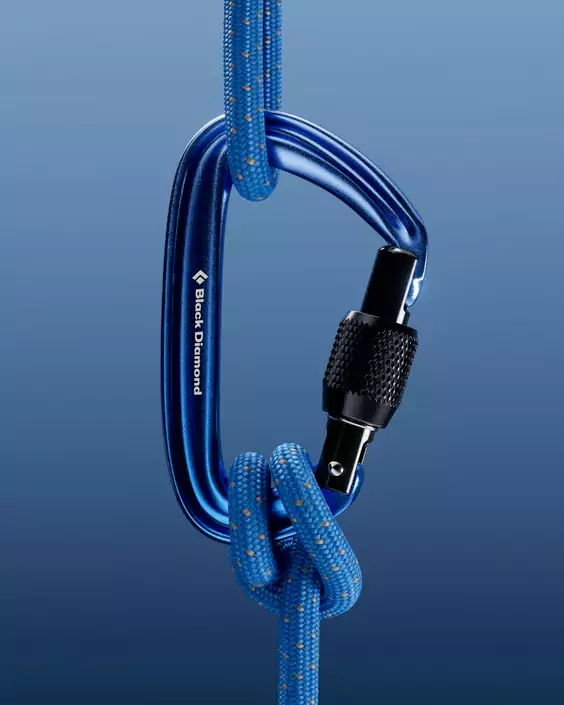
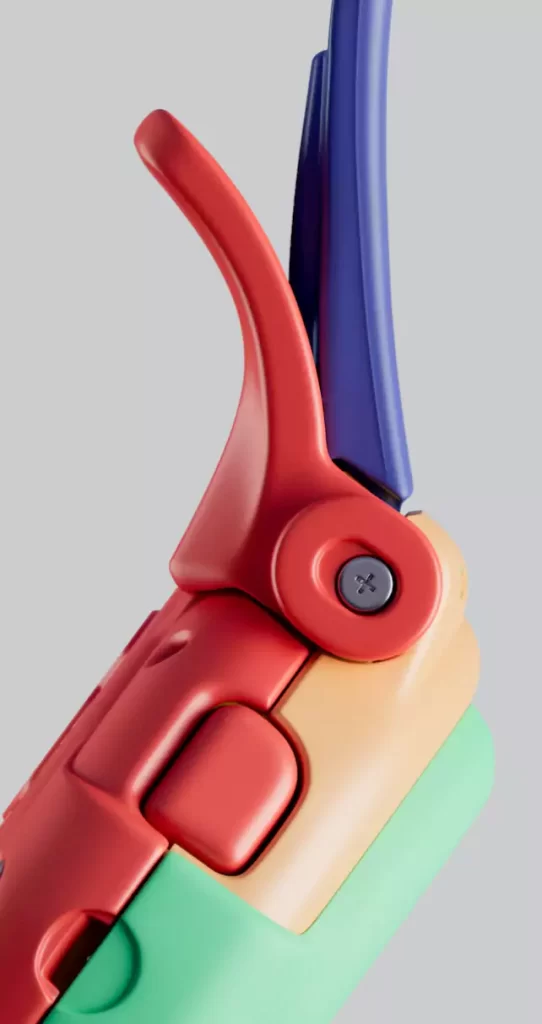
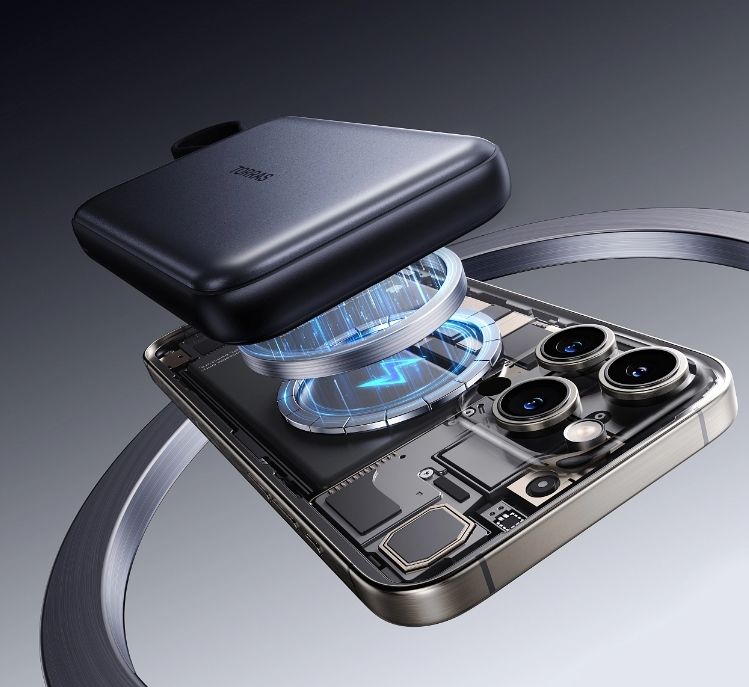
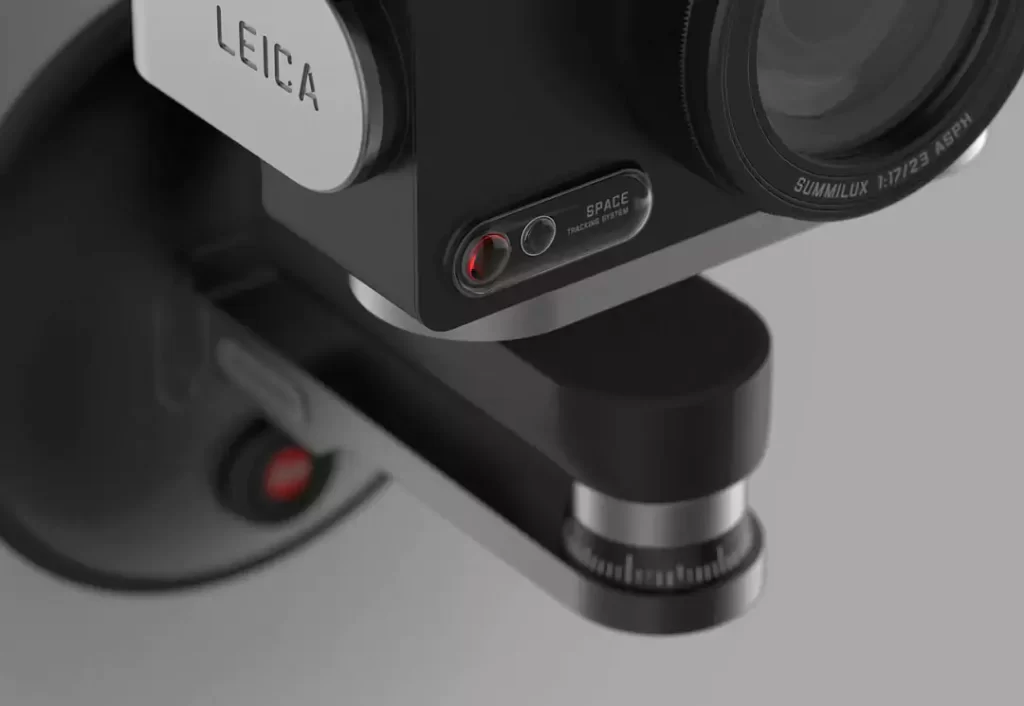
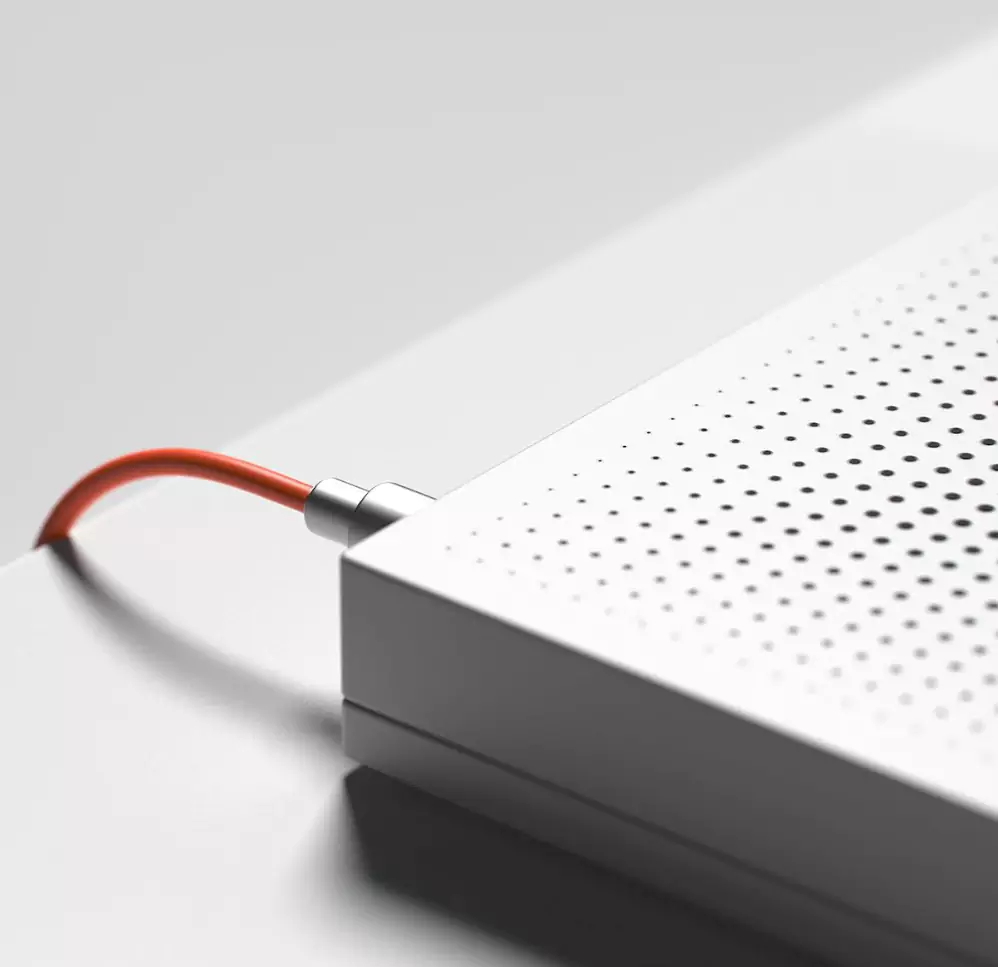
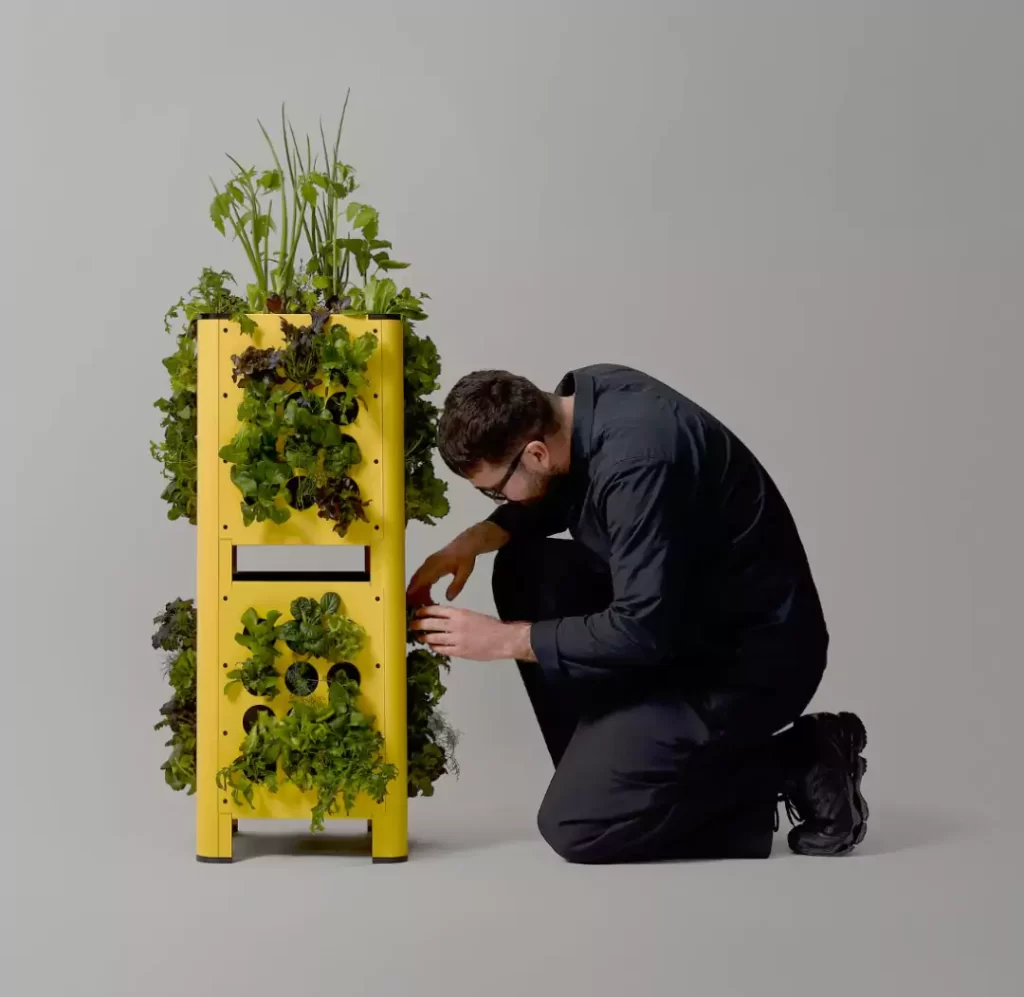
NINEIDA: In industrial design, the question of “look first or think first” is like asking “should I buy groceries or think about recipes first when cooking?” Although it may seem contradictory, it is actually interwoven, but the pitfalls that beginners are prone to fall into are either staring at competitors and crazily “borrowing” without their own ideas, or daydreaming about creating “anti human” products. Let’s break it down and explore a more reasonable “startup sequence” to explore the underlying logic of industrial design together.
Experts always say, ‘First take three steps, then take one step.’
Before Steve Jobs made the iPhone, he didn’t start by drawing phone drawings, but by “looking” at it: the frustration of people frantically pressing the wrong keys on keyboards and phones (a pain point for users), the interaction logic between MP3 players and cameras (a cross disciplinary reference), and even the lightness of candy packaging (material inspiration). When Dyson made bladeless fans, he first “saw” the problem of traditional fans hiding dust and being difficult to clean, and then began to think about “whether it is possible to let the wind come out of the circular mouth”. The ‘look’ here is not just a casual glance, but with three purposes:
Look at the real needs of users: for example, when designing child safety seats, we cannot just rely on parents saying “they want to look good”, we have to squat in the parking lot and watch how mothers struggle to fasten their seat belts when holding their children with one hand, and watch the frequency of children kicking the back of the seat while riding – these details are the focus of design;
Looking at the technological boundary: If a designer wants to make a transparent keyboard, they need to first “look” at whether there is a PC material with a light transmittance of over 90% and wear resistance in the material market, and see if the injection molding process can make an ultra-thin keycap of 0.3mm. Otherwise, it is just a pipe dream to break the head;
Looking at emotional touchpoints: MUJI’s cold and aloof style is not just a brainstorm, but a reflection of the aesthetic fatigue of urbanites towards complex designs, and the acceptance of Nordic minimalist design in the Japanese market, which determines the tone of “less is more”.
But ‘thinking’ is not daydreaming, it’s’ dancing with shackles’
Let me give you a counterexample: I have seen designers create a spherical mouse for the sake of “innovation”, claiming it is “ergonomic”, but no one can accurately move the cursor – this is the consequence of just wanting to ignore it. The true ‘thinking’ is based on the ‘transformation’ of observation:
Turning pain points into pivot points: When seeing elderly people easily scratch with traditional razors, I don’t want to “change the color”, but rather ponder “can we add a soft rubber grip to prevent hand shaking, and can the blade angle automatically fit the facial contour”;
Turning trends into incisions: Seeing the camping craze, designers of outdoor lighting fixtures will not directly copy the designs of competitors, but rather think about whether “young people nowadays need ambient lighting when taking photos. Can we design magnetic and detachable soft light covers, and whether the charging port should be hidden in retro knobs;
Turning limitations into features: When a certain brand produces low-priced printers, cost constraints cannot be achieved with metal frames. Instead, designers enlarge the frosted texture of the plastic shell to create a “minimalist industrial style,” which has become a differentiating selling point.
Powerful designers are all in a cycle of ‘look think look’
Just like riding a bicycle, first “look” at the potholes on the road surface (research), then “think” about how to adjust the center of gravity (plan), find bumps while riding (sample feedback), and then “look” at the tire pressure (secondary research). When I was making an elderly phone:
First, let’s take a look: following the home visits of community grid members, we found that the elderly often drop their phones on the ground because the lock screen button is too small and the phone body is too slippery;
Think again: Make the lock screen button into a protruding rubber block, add diamond shaped anti slip patterns on the back, and make a 2mm anti drop edge wrap around the screen edge;
Looking again: After making a sample for the elderly to try out, they found that they couldn’t see the gray icon clearly, so they temporarily changed it to a high contrast red and yellow color scheme;
Think again: Since vision is the core pain point, why not enlarge the system font from size 12 to size 18 and increase the icon size by 30% uniformly? These adjustments were not initially thought of and relied on repeatedly jumping horizontally between “looking” and “thinking”.
The two extremes that beginners often commit are actually unacceptable
Just looking without thinking=Material Mover: Someone collects 1000 pictures before designing, then pieces together the color scheme of A, the buttons of B, and the material of C, and finally creates a “four unlike” because they don’t understand “why A designs like this”, they just imitate on the surface;
Just don’t want to see=Closed door craftsman: Design “perfect products” based on imagination, such as making a dedicated mouse for left-handed users, but without researching whether left-handed users are more concerned about “whether the mouse can be used interchangeably with both hands”, resulting in false demand propositions.
The “look” and “think” in industrial design are like two legs of a person: first “look” to find the right direction, and then “think” to take a step forward. After taking two steps, if you find that the road is not right, you have to stop and “look” again, adjust the direction and then “think”.
The most taboo thing is to think about how to design “perfect shoes” before seeing the pitfalls under the user’s feet; Or they may have imagined the appearance of the shoes, but they don’t care if what the user actually needs is a pair of “anti slip socks”. Next time you do design, why not stick a note on your computer: squat down to see the world first, then stand up and come up with a plan – this is the underlying logic of industrial design.










